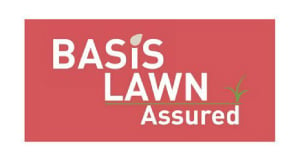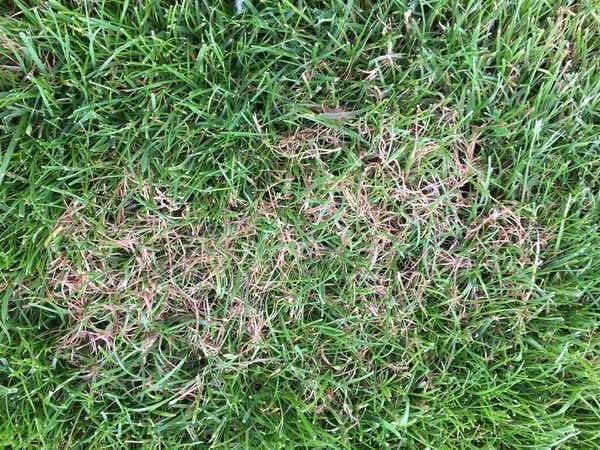Memberships



It’s common from late Spring to late Autumn to see small red/brown patches in lawns, especially when it gets warmer with some wet/humid weather. Whilst this can be concerning when the lawn was lush green before, rest assured in most cases its temporary and a solution is available.
Read Thread causes small patches of grass to turn pink/red later turning light brown/bleached in appearance. Red thread can affect any lawn and is one of the most common lawn fungal diseases in the UK. You may have had in infection and not know about it as it can simply infect a tiny patch of lawn but when very humid it can soon spread and be more visible. Occasionally you may also see small pink fluffy material in the affected areas the grass too. Infected areas will usually regenerate in a few weeks as the red thread does not usually kill the grass plant, only the blades of grass.

We’re always happy to help. You can call us on 01293 974358 or email [email protected]



Please complete the form below to submit your feedback.